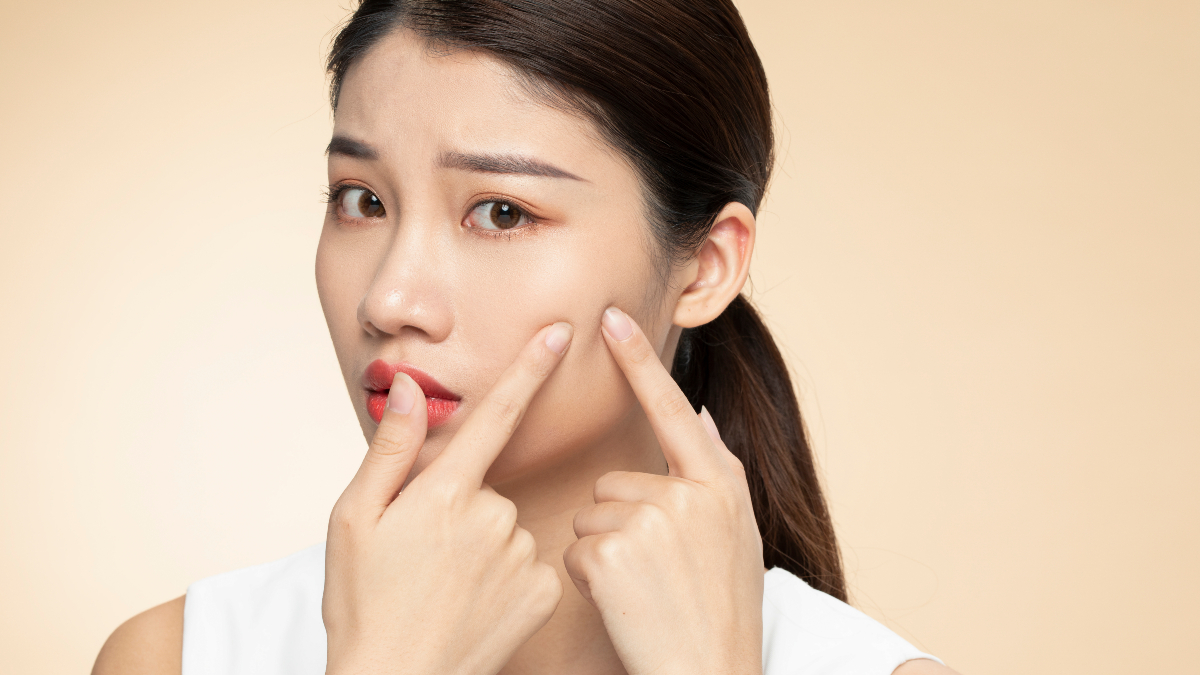
Having oily skin is not all bad. Yes, sometimes it can get super greasy and shiny but not embracing everything that makes you, well, you can be a waste of time. From overhauling skincare regimes to home DIY tips and tricks, read on to spot the best tips in getting that oil under control!
Why do I have oily skin?
As it turns out, it is more common than we think. Oily skin is mainly an inherited trait and could even be stimulated by a combination of factors like skincare regimes or products, hormonal imbalances, or even the food one eats. It triggers the over-production of oil/sebum from the sebaceous gland that sits under each person’s pores. The sebaceous glands are in charge of producing natural oils, and in some cases, the oil production is in excess.
How do I know my skin is oily?
If you have not heard of this before, it is time to take down some notes and put your skin to the test.
There are four main skin types categorizable by their characteristics, thus known distinctively for female and male skin. The four skin types are normal, oily, combination, or dry skin. With each skin type having its strengths and weaknesses, one should always try to control the balance. For example, oilier skin types tend to focus on oil production control which typically leads to acne or breakouts, and dry skin types lock in more moisture to hydrate the skin.
If you are still wondering whether you have an oily skin type, check for signs of enlarged, clearly visible pores, a shiny grease-look, or comedones (blackheads and whiteheads) and mild to severe acne. Acne can be an issue for all skin types and can lead to a bouquet full of issues down the road, including depression. However, it occurs more frequently for those with oilier skin types due to the heightened sebum production and infected sebaceous glands.
How should I best manage my oily skin?
Say no more. Let’s dive straight into it.
1. It is time to double-check your makeup and skincare products!
Not everyone has the same degree of oily skin. This is an essential step as you cannot be too careful about what goes on to your face. Check for signs of “non-comedogenic” “does not clog pores” “non-acnegenic,” or “would not cause breakouts” in your current and upcoming skincare or makeup products – these are the gems you should have! Throw out all products that can react negatively to your skin.
2. Look out for active ingredients that you must have!
Benzoyl peroxide, salicylic acid, niacinamide, zinc, retinoids, and sulfur are ingredients to be treasured. If you have an oilier skin type, creams and ointment tend to not be as well tolerated as lighter formulations like serums, gels, and lotions. If you are unsure about the quantities to use, especially when it comes to moisturizing, go first for a pea-size amount and top it up, if your skin feels dry in a couple of hours.
3. Establish a basic skincare regime – with cleanser, toner, moisturizer, and sunscreen before adding more
It’s always great to have a simple, go-to routine day in, day out. This helps to keep your skin, mind, and body acclimatized to the skincare products. When choosing a cleanser, opt for gentle foaming facial washes that contain zero sensitive ingredients like fragrance or denatured alcohol, but do choose gentle washes over pore-stripping cleansers which can strip the skin of the oils and worsen the condition.
4. Always wear a sunscreen with zinc oxide – an anti-inflammatory compound
Too much sun does not help anybody. When outside, it’s always best to don ample amounts of sunscreen (approx. two fingers for the face application) and re-apply whenever necessary. Physical or lighter-formulated chemical sunscreens containing zinc oxide, titanium dioxide, or niacinamide are great picks for oilier skin types.
5. Exfoliate once a week – and don’t wash your face too often!
This tip can be tricky. The key is to gently exfoliate every once or twice a week and to not over-exfoliate as that can heighten the oil production in the sebaceous glands. When washing, remember to use your fingers to massage the cleanser gently and avoid putting too much pressure or taking a long time to let the product sit on the skin. Listen to your skin and find a rhythm that suits your body.
6. Avoid picking your pimples or touching your face – no matter how tempting it can get!
I know, it sometimes feels like your fingers have a mind of their own. You would be watching the television and out of nowhere, you feel yourself about to pop a whitehead or touch your skin. Remember, your fingers contain bacteria and dirt which can lead to acne.
7. The key is to listen to your skin and body – not everything will work the same, and that is okay
It’s more than a-ok! Sometimes the journey can be challenging, especially when figuring out which sunscreen does not crease on your face, or which moisturizer both softens the skin and locks in moisture or natural moisturizing factors (NMF).
What’s important is to take a step forward in assessing the condition at hand, and working out a basic regime that is easy to follow and contains all the necessary active ingredients to tackle your skin issues.




